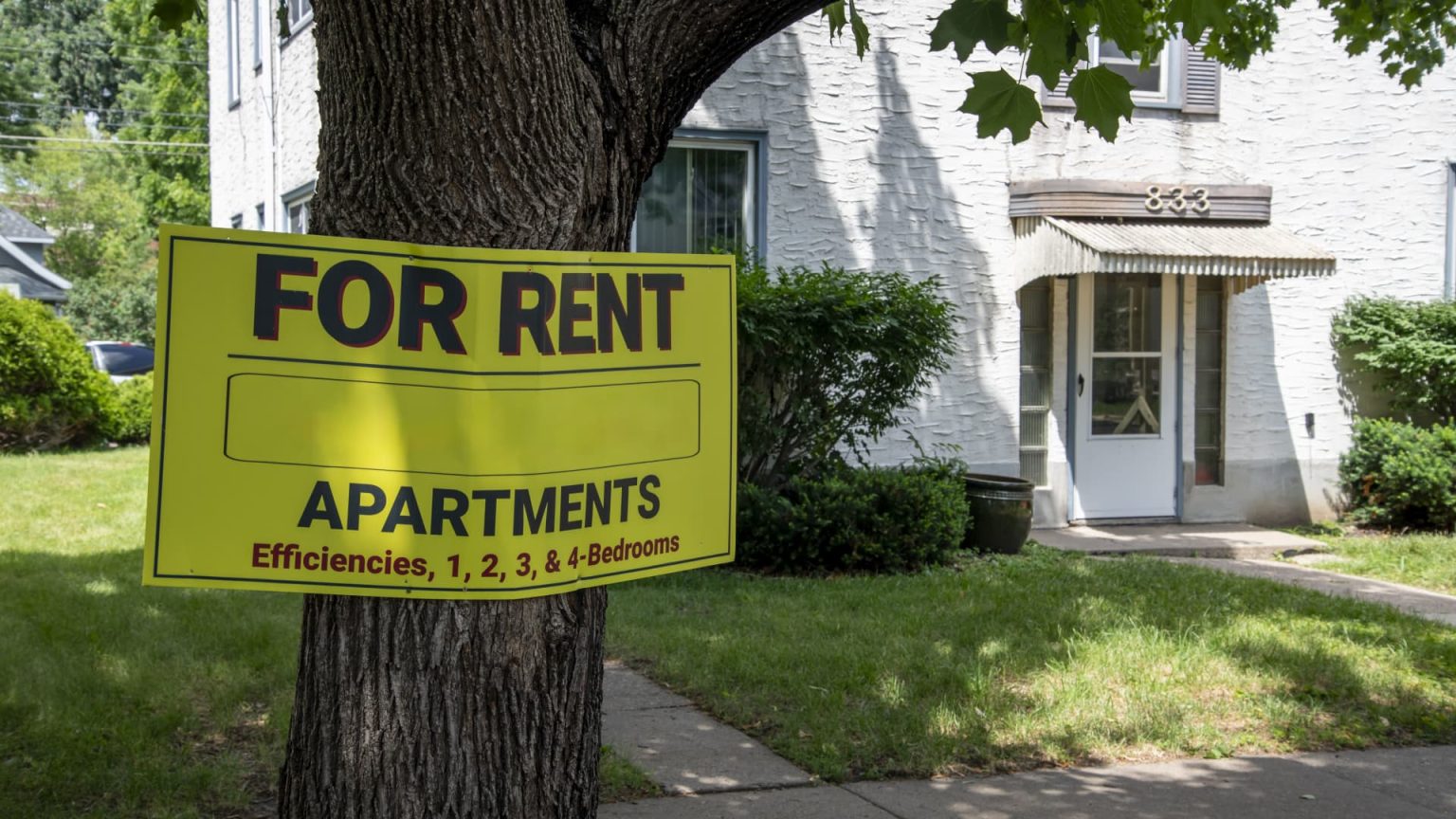During the first years of the pandemic, both single-family and multifamily rent prices saw a significant increase, driven by the work-from-home dynamic and new migration patterns. However, the market has shifted, with multifamily rents cooling as a massive amount of new supply entered the market. In April, multifamily rents were 0.8% lower than they were in the same month last year, with more new supply still in the pipeline. Apartment rents in April rose for the third straight month, but the growth was only 0.5%, which is smaller than usual and smaller than the previous month’s gain. The national median rent in April was $1,396, and it could indicate a slow summer for the rental market.
Apartment vacancies are also on the rise, reaching 6.7% as of March, the highest reading since August 2020. Although new multifamily building permits are slowing down, the number of units currently under construction is near a record high, with last year seeing the most new apartments hitting the market in over 30 years. On the other hand, single-family rents remain strong, with a 3.4% increase in March year over year, according to a report from CoreLogic. This steady growth is supported by the increase in supply from build-for-rent companies. Approximately 18,000 single-family built-for-rent homes started construction in the first quarter, marking a 20% increase from the first quarter of 2023.
Despite the overall strength in single-family rents, specific areas like Austin, Texas are experiencing a softening in rental prices, decreasing by 3.5% annually in March. The report highlights the trend of potential homebuyers who are priced out of the home-purchase market opting to rent similar alternatives due to rising mortgage rates and home prices. Of the nation’s largest cities, Seattle saw the highest year-over-year increase in single-family rents at 6.3%, while Austin, Texas, experienced the biggest decline at -3.5%. Additionally, for the first time in 14 years, single-family attached properties like townhomes saw a year-over-year rent decline, mainly driven by markets in Florida, Austin, and New Orleans.
The rental market continues to show varying trends with multifamily rents cooling due to an influx of new supply, while single-family rents remain strong overall, supported by build-for-rent companies. The market shift could indicate a slow summer for the rental market, as growth in apartment rents remains smaller than usual. As some areas experience softening rental prices, potential homebuyers are turning to renting as an alternative due to rising mortgage rates and home prices. The competitive rental market is seeing fluctuations in different types of properties, with the attached segment of single-family rentals experiencing declines in specific markets like Florida, Austin, and New Orleans.













